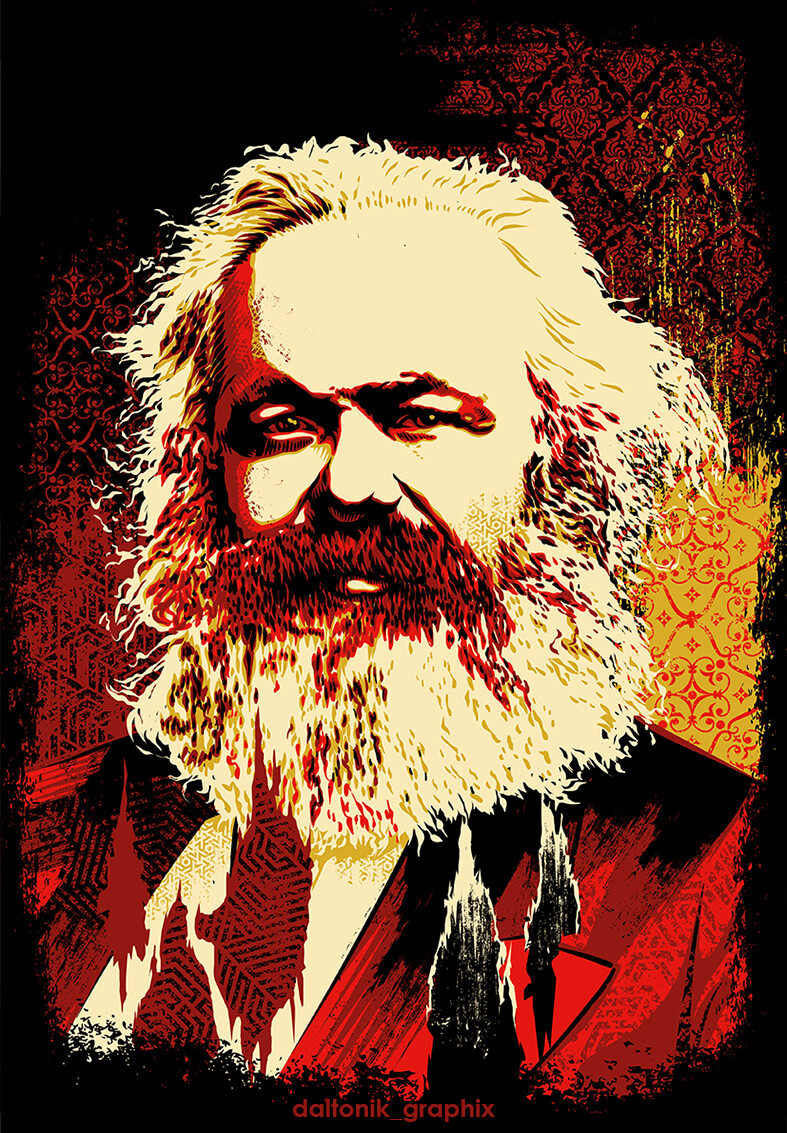
Your arms are like little cigarettes, I bet I could roll and smoke you. And yeah, you can work a different muscle group or sometimes I find getting bloodflow helps with soreness and stiffness

Your arms are like little cigarettes, I bet I could roll and smoke you. And yeah, you can work a different muscle group or sometimes I find getting bloodflow helps with soreness and stiffness
What if someone joined those communes for the sole purpose of spreading COVID? Giving those KKKolonizers a taste of their own medicine lol
go little rockstar
I didn't know you could do that, that's really cool!
something in the waaayyy
The tracks that played in the club slapped tbh
Protein oatmeal my beloved.
Usually I alternate between oatmeal or toast, eggs, processed meat (sometimes), and fruit.
Trump could never throat that much glizzy 😍
Probably subways, just the combination of trains and underground is :chefs-kiss:

merry christmas hexbear

I feel that, I like Eat the Rich and sometimes Q Anon Anonymous for just chilling. It's pretty lighthearted, funny, and not super heavy
Ram Ranch is art. I will never forgive US imperialist aggression against Ram Ranch. 😔
Part of Mao Zedong's land reform during the late phase of the Chinese Civil War and the early People's Republic of China was a campaign of mass killings of landlords in order to redistribute land to the peasant class and landless workerswhich resulted in millions of deaths. Those who were killed were targeted on the basis of class rather than ethnicity except for certain provinces where it was an ethnic conflict against minority ethnicities, therefore terming the campaign a "genocide" is incorrect and the neologism "classicide" is more accurate. Class-motivated mass killings continued almost throughout the 30 years of social and economic transformation in Maoist China. Harry Wu claims that 85- 90% of the 15 million members of the landlord class did not survive in China because large numbers of them fled overseas, especially from the south.
Historian Walter Scheidel notes that the violence of the land reform campaign had a significant impact on economic inequality. He gives as an example the village of Zhangzhuangcun, made famous by Hinton's book Fanshen: In Zhangzhuangcun, in the more thoroughly reformed north of the country, most "landlords" and "rich peasants" had lost all their land and often their lives or had fled. All formerly landless workers had received land, which eliminated this category altogether. As a result, "middling peasants," who now accounted for 90 percent of the village population, owned 90.8 percent of the land, as close to perfect equality as one could possibly hope for.

I didn't VOOT

I stumbled upon that from the algorithm a while back! I wish there were more old Mao era songs remixed in that disco style
dont know why i havent before but i went to my first concert in girlmode the other day